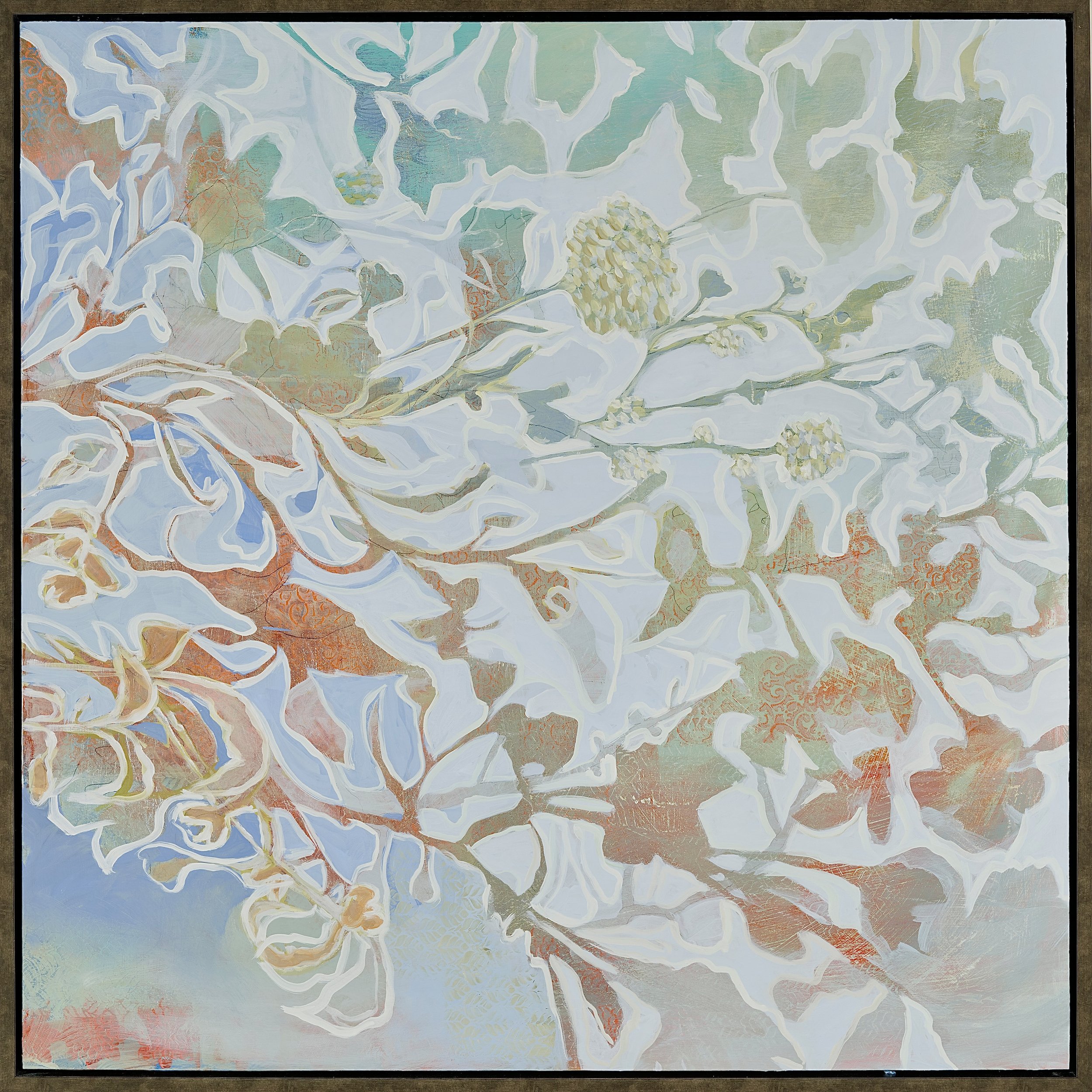Alicia Armstrong
Biography
Alicia Armstrong
Alicia Armstrong's paintings pose questions, they encourage viewers to formulate their own answers, while evoking an emotional response.
-
Alicia Armstrong paints memories, longings, dreams, inconsistencies. A single work often incorporates the questions posed by contrasts - both literal and conceptual - and captures the inescapable and dichotomous realities of life: joy and suffering, light and dark, closeness and distance. Armstrong’s parents, both artists in their own rights, fostered her artistic nature and art was an important part of her childhood world. She holds a BFA with a concentration in Oil Painting from the University of North Carolina at Asheville and stood out early on as the winner of the Fine Art department‘s academic leadership award.
The images are contemplative and sometimes playful takes on the often bewildering constructs and confines of postmodern life. Armstrong’s work is often figurative and segmented, influenced by both her life’s trajectory and the conundrums posed by the compartmentalization and overstimulation we experience daily, from the complexity of familial bonds, to the beginnings and endings of relationships.
Armstrong paints primarily on wood panels using graphite, oil, and charcoal; her process produces highly textural works, whose layers help convey the beauty and struggle of movement and transition. It’s easy to identify with the struggles of her figures: paired with boats seemingly floating toward an uncertain destination; siblings pushing and pulling at each other over a gulf, or a lifetime; a woman pondering choices. Armstrong’s canvases pose questions, they encompass the archetypal play between light and dark, but encourage viewers to formulate their own answers, rather than attempt “correct” interpretation. This openness is a hallmark of the artist and her work; she not only presents images and ideas, but intimates unspoken possibilities.
Her paintings are included in numerous private collections, as well as those of the University of North Carolina at Asheville’s Lipinsky Auditorium and Asheville’s Bravo Concert Series.




















